Ford
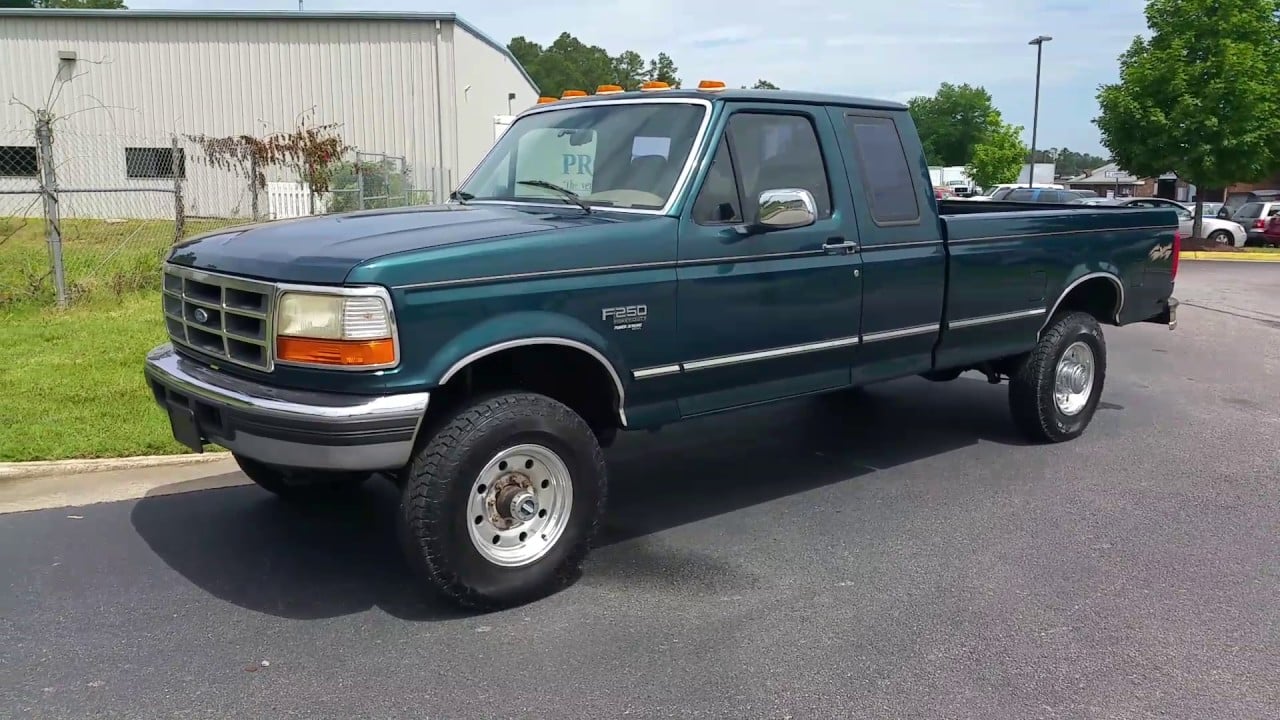

7.3L Powerstroke
Ford introduced the 7.3L Powerstroke in the 1994 model year and used it in two different pickup body designs through 2003. Designed in cooperation with International, it proved to be a very strong and reliable engine.
Luke’s Auto Repair and Diesel offers a wide variety of maintenance services for these pickups, such as air filters, fuel filters, and fuel additives, as well as many repair services, such as injectors, thermostats, and glow plugs. Whether you need an oil leak fixed, or a check engine light diagnosed, we are here for you.
If you are looking for better performance from your 7.3L Powerstroke, Luke’s Auto Repair and Diesel are here to help. We offer performance lift pump systems to keep your fuel system clean and well supplied, and upgraded intercoolers to keep your intake temperatures down. If you’re looking for a simple tuner or cold air intake, or a major upgrade, such as a performance turbo, over-stock injectors, or ARP head studs, we are your source.
Newer versions of the 7.3L Powerstroke are equipped with the Ford 4R100 transmission. We offer fluid and filter changes for this transmission as routine maintenance. The service interval is 30,000 miles for most trucks. We also offer performance upgrades for the 4R100.
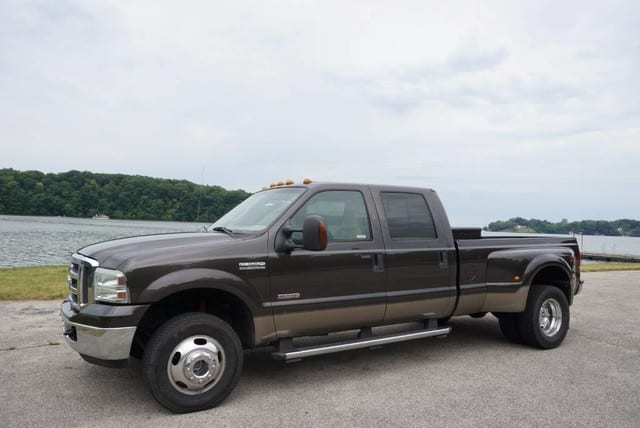
6.0L Powerstroke
Ford released the 6.0L Powerstroke in 2003 with a higher power output and the ability to meet newer emissions standards. It was used in the Super Duty pickups through 2007. Unlike the 7.3L before it, the 6.0L was plagued with problems. However, with the right repairs and upgrades, they can be hard-working, reliable engines for your Ford truck.
One of the most well-known issues on the 6.0L Powerstroke was EGR cooler failure. The coolers could leak internally, allowing antifreeze into the intake manifold. This could sometimes be seen as white smoke coming from the exhaust. Luke’s Auto Repair and Diesel has seen great success using strengthened aftermarket EGR coolers for the 6.0L.
The 6.0L Powerstroke is also notorious for injector failures. They can begin to stick internally, causing hard starts and misfires, especially when cold. We offer both stock and performance replacement injectors. Performing regular oil changes using the correct oil and filters goes a long way toward keeping injectors healthy. Ford also released a revised fuel pressure regulator (known as the “blue spring” upgrade) that is supposed to prolong injector life.
Another 6.0L Powerstroke problem is blowing head gaskets. The driver may notice a loss of coolant with no external leaks, see white smoke coming from the exhaust, or have coolant blowing out of the plastic coolant reservoir (also called the degas bottle). This seems to be due to the factory head bolts stretching. The heads themselves can also crack. One of the best solutions is to install ARP head studs in place of the factory head bolts. They provide a much more consistent clamping force, and will not stretch. We are a full-service provider for head gasket replacement and stud installations.
6.0L Powerstrokes have had cooling system problems. Radiator failures are somewhat common. We offer stock replacement and all-metal performance radiators. Some problems have been attributed to residual casting sand left in the block from the factory. We provide coolant filtration kits to remove contamination from the system. The factory plastic coolant reservoirs (Ford calls it a degas bottle) are known to crack and leak. We offer standard replacement degas bottles, as well as a stronger aluminum
upgrade.
The high-pressure oil pumps for the injection system on the 6.0L are a known failure. We offer problem-solver pumps that are more robust than the factory version. Oil coolers are also a common problem. They can plug with debris, causing oil temperatures to rise, and turning on the check engine light. Coolant filtration kits can help keep the system clean, as mentioned above. We also offer conversion kits that move to oil cooler out of the valley of the engine and locate it upfront near the radiator.
Turbochargers are another problem on the 6.0L. The internal vanes can stick from carbon deposits, and cause the turbo to make very little boost. We offer complete turbocharger replacements, as well as performance turbos. Low boost conditions can also be caused by cracks in the intercooler near the radiator, also known as the charge air cooler. We offer standard replacement intercoolers, as well as upgraded all-metal and performance intercoolers.
The fuel injector control module (FICM) is a common issue for the 6.0L. When they fail, FICMs can cause the engine to run poorly, or not start at all. We offer standard replacement FICMs and a 58-volt upgrade. A 58-volt FICM boosts the injector power 10 volts above stock. This can aid in cold starting and helps support performance tuners.
Maintenance is very critical for avoiding problems on the 6.0L. Oil and filters should be changed every 5,000 miles. Fuel filters should be changed every 15,000 miles. We offer full maintenance services for the 6.0L, including other components on the truck, such as transmission and transfer case services.
If you are looking for better performance from your 6.0L Powerstroke, we can help. We offer performance lift pump systems to keep your fuel system clean and well supplied, and steel o-rings to keep your head gasket sealed in extreme conditions. If you’re looking for a simple tuner or cold air intake, or a major upgrade, such as a performance turbo, over-stock injectors, or a high-volume high-pressure oil pump, we are your source.
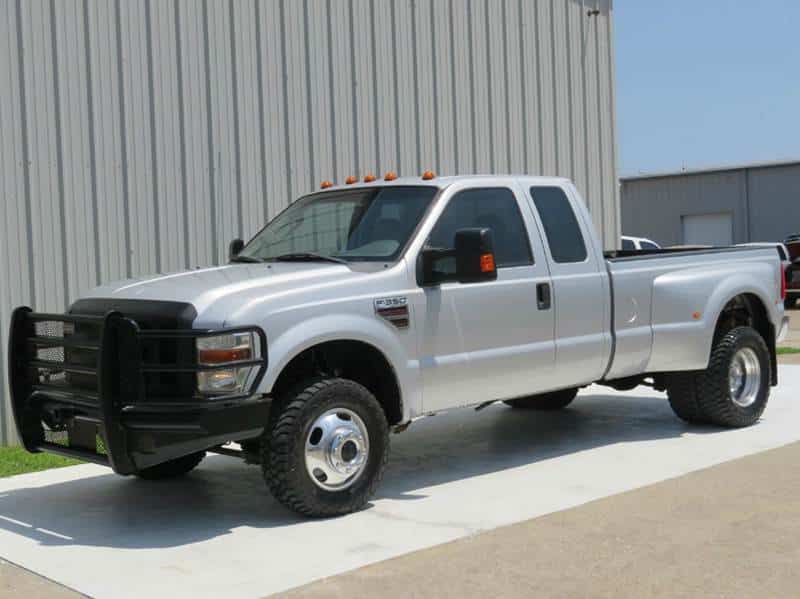
6.4L Powerstroke
The 6.4L Powerstroke was offered in the Ford Super Duty pickups in the 2008 through 2010 model years. It introduced a higher power output and the ability to meet the latest emissions standards. Like the 6.0L before it, the 6.4L was designed by International and was also plagued with problems. The right repairs, maintenance, and upgrades, though, can make them much more reliable engines for your truck.
One of the big issues on the 6.4L is injectors cracking. This can cause the engine oil to be diluted with diesel fuel, leading to loss of lubrication, and major engine damage. We offer complete injector replacement and engine repair services for this engine. It is important to check the engine oil level regularly and look for “growth” on the dipstick, signaling fuel in the oil. The oil and filter should be changed every 5,000 miles. The high-pressure fuel injection pump is also a common problem. This is often a result of contamination in the diesel fuel. Performance lift pump systems can go a long way toward keeping debris out of the fuel system, as described below. It is also critical that the fuel filters be changed on time, which is every 10,000 miles for most trucks.
Like the 6.0L before it, the 6.4L Powerstroke is known for blowing head gaskets. The driver may notice a loss of coolant with no external leaks, see white smoke coming from the exhaust, or have coolant blowing out of the plastic coolant reservoir (also called the degas bottle). This seems to be due to the factory head bolts stretching. One of the best solutions is to install ARP head studs in place of the factory head bolts. They provide a much more consistent clamping force, and will not stretch. We are a full-service provider for head gasket replacement and head studs.
6.4L Powerstrokes can have cooling system problems. Radiator failures are somewhat common. We offer stock replacement and all-metal performance radiators. We provide coolant filtration kits to remove contamination from the system. The intercoolers, also known as charge air coolers, sometimes crack and cause a lack of boost and lack of power. We offer stock replacement and all-metal upgraded intercoolers for this engine.
If you are looking for more power from your 6.4L Powerstroke, we are here to help. We offer performance lift pump systems to keep your fuel system clean and well supplied, and high-strength EGR coolers to prevent coolant loss. If you’re looking for a simple tuner or cold air intake, or a major upgrade, such as a performance turbo system or complete engine upgrade, we are your source.
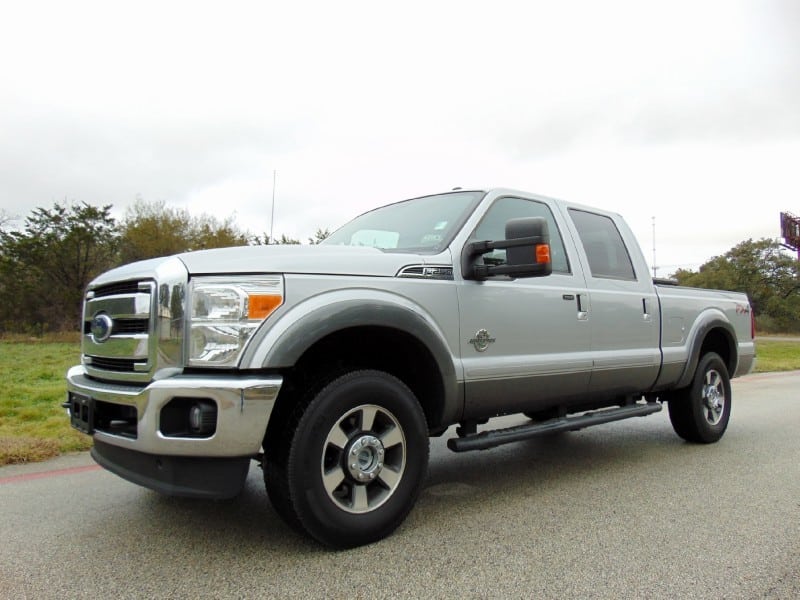
6.7L Powerstroke
The 6.7L Powerstroke was completely designed in-house by Ford and released in the Super Duty pickups for the 2011 model year. Ford continues to make incremental upgrades as the years go by.
Overall, it is a reliable and powerful engine for Ford’s heavy work trucks.
The 6.7L had issues with its Bosch CP4 injection pump, especially in the 2011-2014 model years. The pump can be damaged internally, usually from contaminated diesel fuel. When it fails, it will send tiny metal particles through the high-pressure fuel system, including the injectors and fuel rails. Replacing injectors and high-pressure pumps, with associated parts and labor can top $9,000.
We offer a Disaster Prevention Kit that reroutes fuel flow in the injection pump. The kit will not prevent the pump from failing, but it can prevent contamination of the high-pressure fuel system if it does fail. The small investment to install the kit could save you multiple thousands in repair bills.
Using a performance lift pump system, as described in the section below, also helps keep the fuel system clean. It is possible to retrofit a 2011-2014 truck with the injection pump used in the 2015 and newer trucks, which seems to be more reliable and also flows more fuel.
Early build 6.7L Powerstrokes also had problems with their turbochargers. One of the best fixes here is to retrofit the turbo to the one used in the 2015 and newer trucks, which seems to be more reliable and also flows more air. Many 6.7Ls use a plastic tube to connect the intercooler or charge air cooler, to the engine. This plastic tube can blow apart under pressure, causing a big noise and a big power loss on the engine. We offer performance metal intercooler tubes to prevent this problem.
We are a full-service maintenance and repair shop for the 6.7L Powerstroke. We offer everything from basic fuel filter changes, to glow plug replacement, to injector and injection pump replacements. We also service cooling system components, such as radiators and water pumps. We offer maintenance and
repairs for the rest of the truck as well, such as brakes, suspension, transmission, and transfer case services.
If you are looking for better reliability or performance from you 6.7L, we here to help. We offer performance lift pump systems to keep your fuel system clean and well supplied, and exhaust component upgrades to keep temperatures under control while towing. If you’re looking for a simple
tuner or cold air intake, or a major upgrade, such as a performance turbo or injection pump, we are your source.
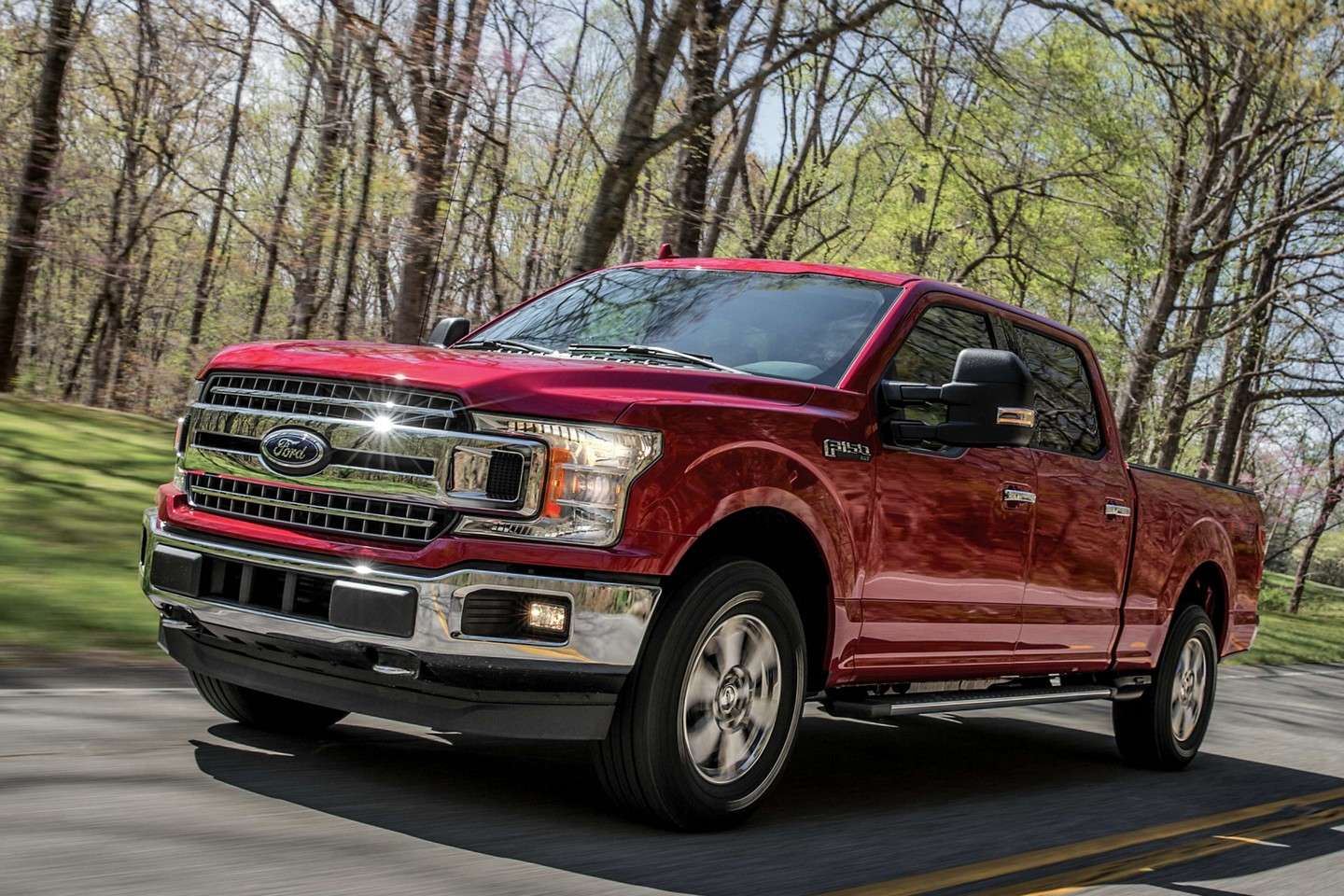
3.0L Powerstroke
Ford introduced the 3.0L Powerstroke in the F-150 for the 2018 model year with a high power output and great fuel mileage. We offer maintenance and repair services for this truck, such as fuel filter and air filter replacements We also offer engine data monitors if you would like to keep an eye on things
while towing, and tuners for enhanced engine and transmission performance.
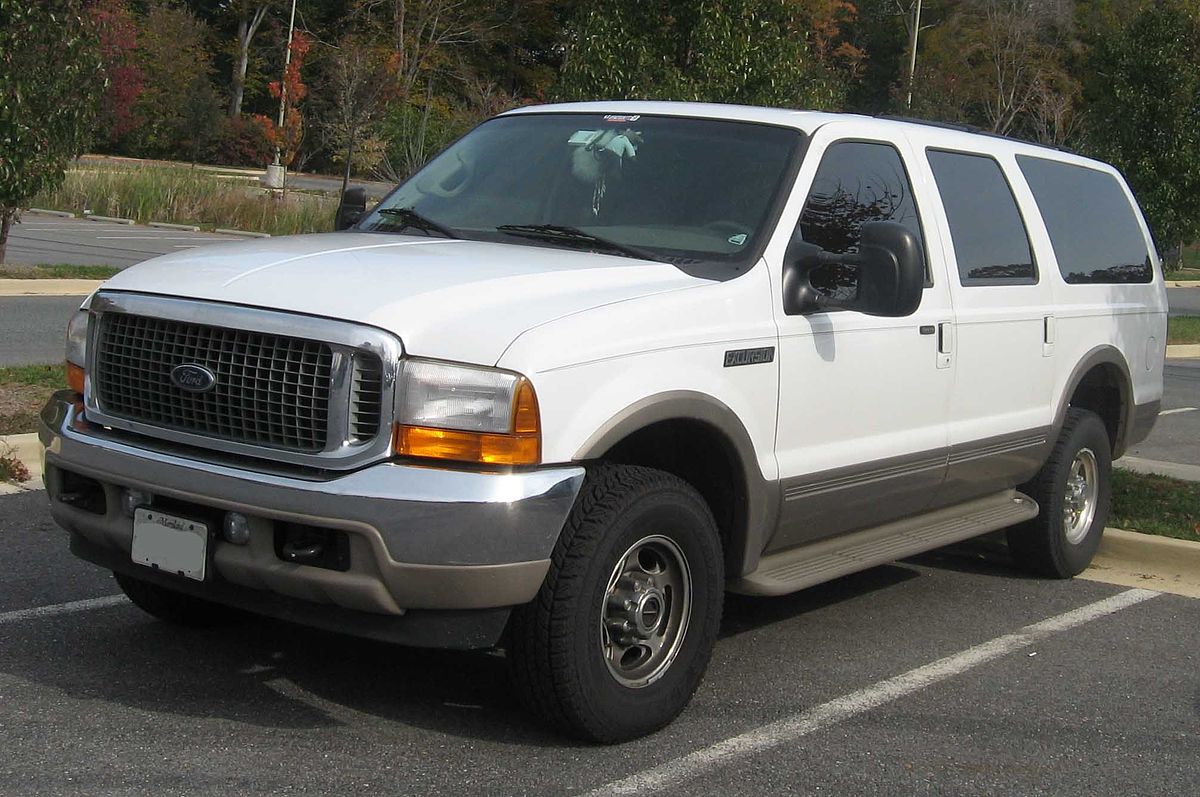
Ford Excursion
The Ford Excursion is the largest SUV to ever be mass-produced. It’s unique combination of generous interior room (more than a Chevy Suburban) and ample towing capacity (similar to a Super Duty pickup) make them highly valued by their owners. With a production run from the 2000 to 2005 model
years, they were offered with either the 7.3L Powerstroke or the 6.0L Powerstroke, as well as the 5.4L or 6.8L gasoline engines. We are a full-service shop for both versions of the diesel Excursion. Please see the specific engine sections above for more details.
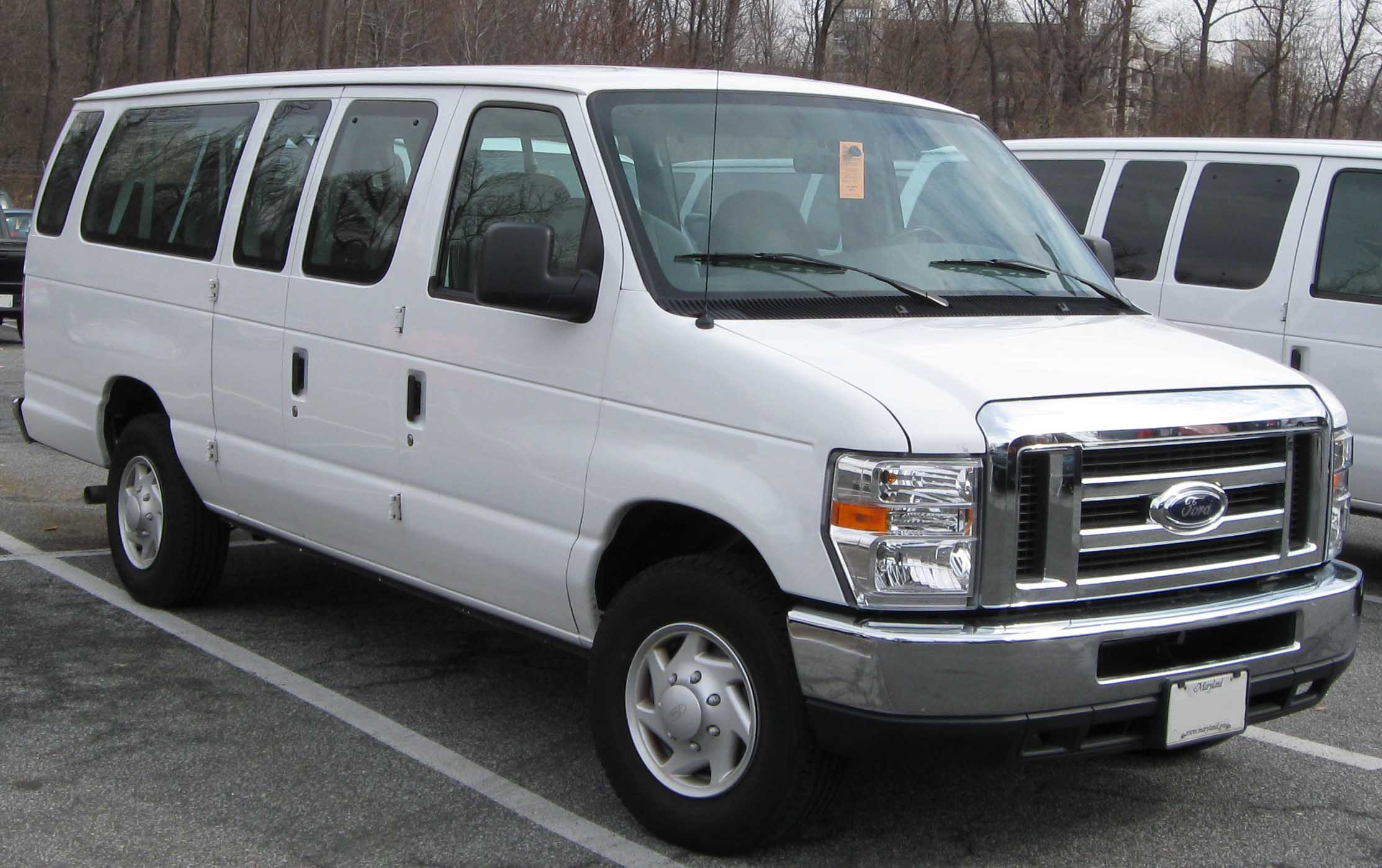
Ford E-series Powerstroke
The Ford E-series vans used both the 7.3L Powerstroke and the 6.0L Powerstroke over multiple model years. These vans can be a great fit for those looking for ample towing capacity and decent fuel mileage. We are a full-service shop for both versions of the diesel E-series vans. Please see the specific engine sections above for more details.
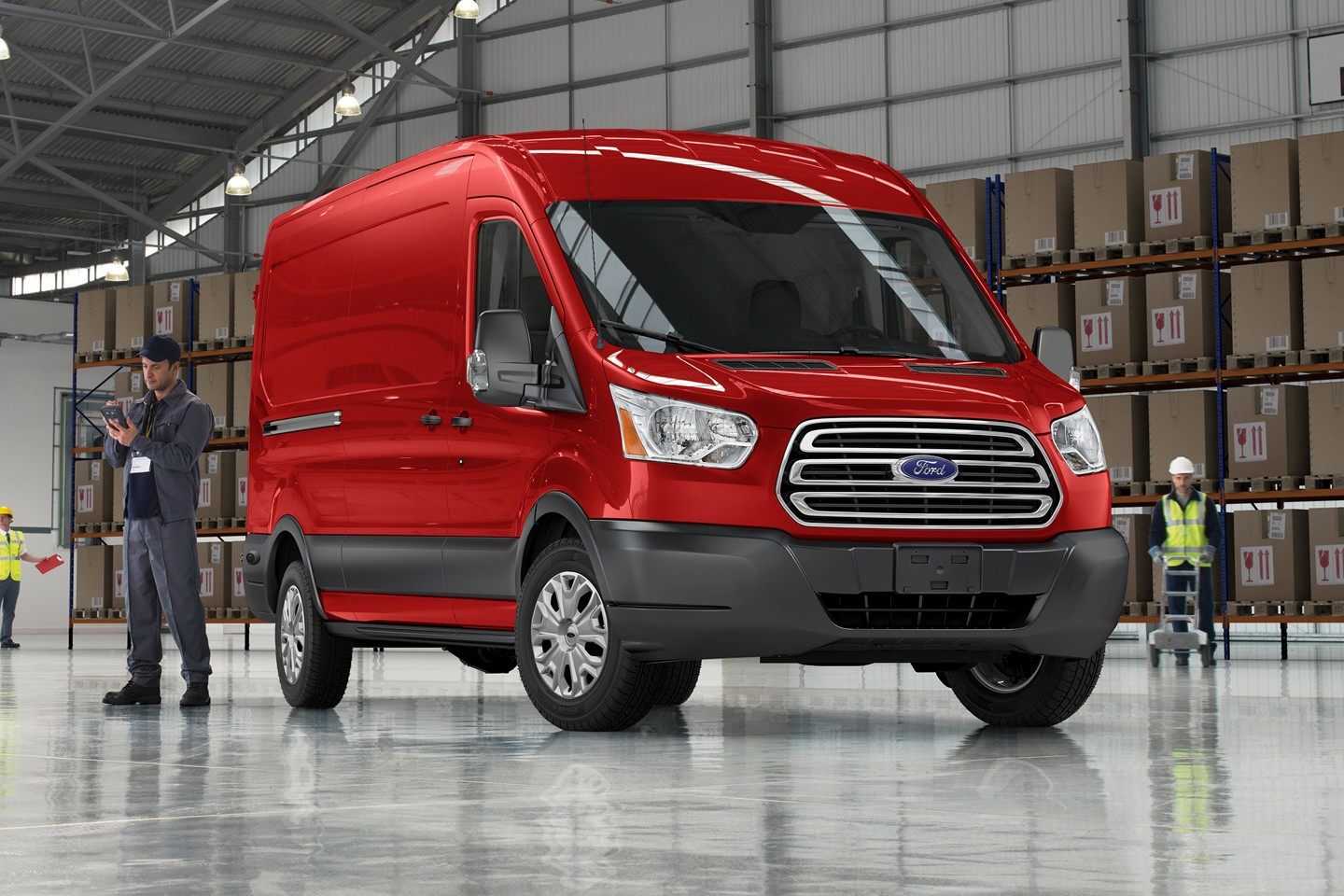
3.2L Powerstroke
The 3.2L Powerstroke is used exclusively in the Transit full-sized van, starting in the 2015 model year. It is an adaptation of an engine already in production by Ford for other markets. We offer maintenance and repair services for this engine, including fuel filter and air filter replacements. We also offer repairs
for the rest of the van, such as brakes, suspension, and electrical diagnostics.
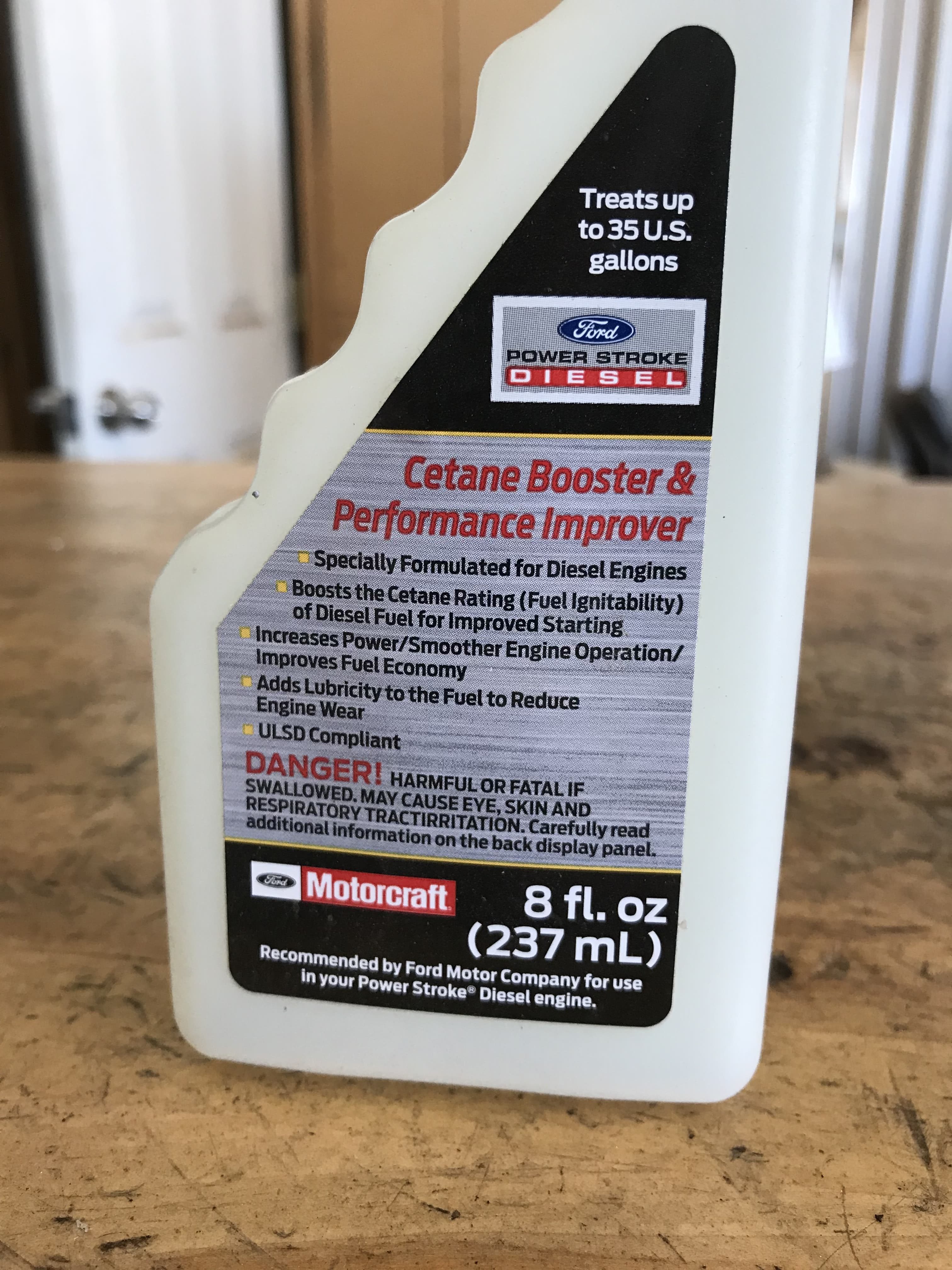
Motorcraft Cetane Booster and Performance Improver
Ford officially recommends their own Motorcraft Cetane Booster and Performance Improver for all their Powerstroke Diesel trucks and vans. We have received excellent feedback on this fuel additive from customers over the years. It changes the burn characteristics of lower quality diesel fuel, and leads to a higher engine power output, less deposits on turbos and EGR valves, and fewer regens on trucks equipped with DPFs. It also lubricates internal components in injection pumps and injectors, contributing to longer life.
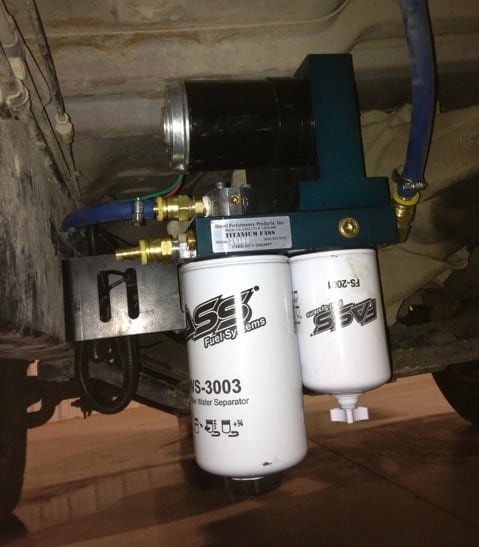
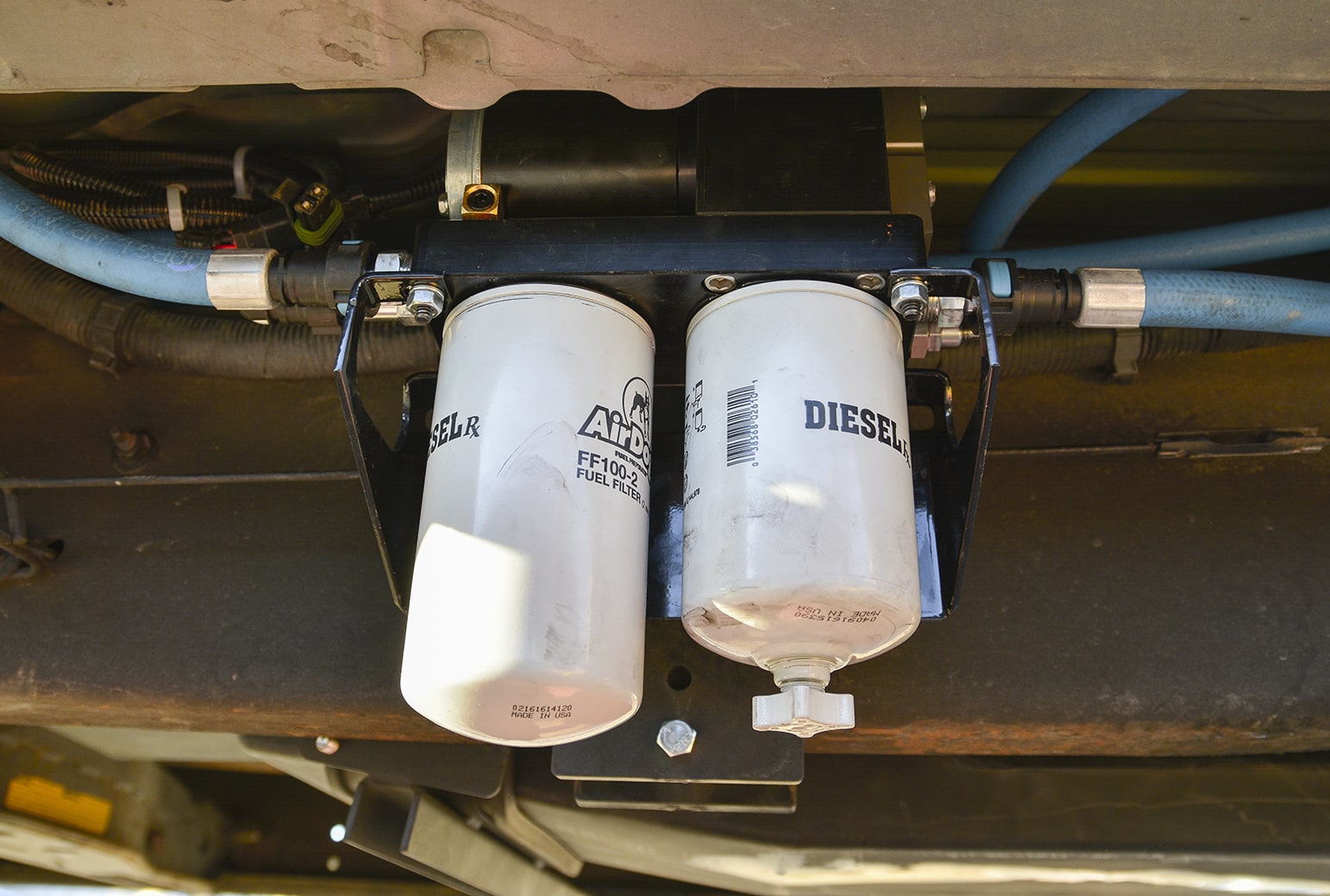
Performance lift pump systems
Performance lift pump systems, such as those offered by AirDog or FASS, provide multiple benefits for your Powerstroke truck:
Longer component life with air separator and fuel filtration
The factory Powerstroke fuel systems do not have an air separator. AirDog and FASS systems add this beneficial element to your truck and keep air from reaching the injection pump and injectors. The system is designed to compress fuel, not air. If air enters the injectors, it can end up “dry firing,” essentially slamming internal parts and shortening their life. These performance lift pump systems also include a high-quality fuel filter to remove contaminates before they enter the pump and injectors. This additional filtration can help your fuel system last longer.
High-capacity water separator
AirDog and FASS systems include a water separator with a much larger capacity than what the factory system is equipped with. Water is the single most destructive contaminant in diesel fuel. It reduces lubrication needed for injectors and injection pumps, leading to premature wear or damaged injector tips. It can cause internal rust in the fuel system, and freeze inside fuel lines during cold weather. Water also reduces the amount of usable energy in a gallon of diesel, resulting in reduced engine power output. Using a FASS or AirDog system gives you a bigger defense against contaminated diesel, and helps keep the damage out of your fuel system.
Supports tuners and other modifications
AirDog and FASS systems provide extra fuel volume needed for modifications such as tuners, larger injection pumps, and performance injectors. They can help prevent the fuel rail from running dry and derating the engine.
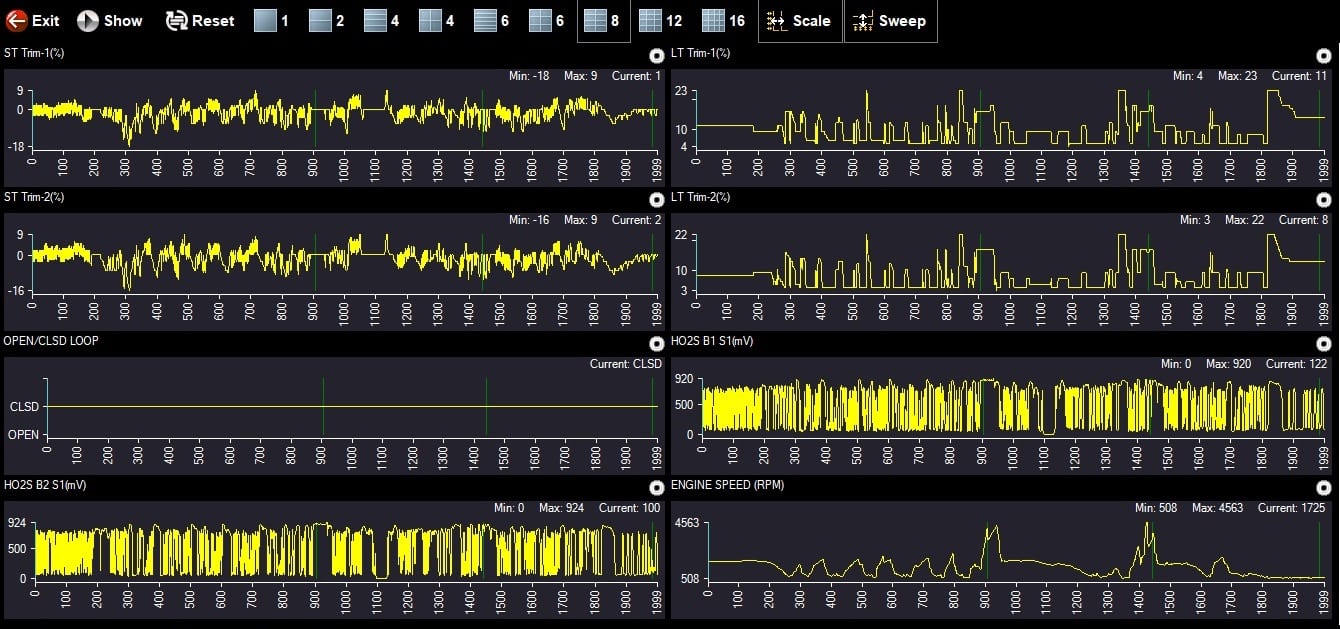
Custom tuning
Luke’s Auto Repair and Diesel can work with custom tuning companies to provide you with a solution that’s right for your truck. Custom tuning provides several benefits that an off-the-shelf tuner cannot. Custom tunes can be written for your specific truck, with your specific modifications and needs in
mind. An off-the-shelf tuner may not be able to accurately compensate for performance upgrades, such as high-flow intake components or bigger injectors. Using an off-the-shelf tuner with other performance parts may result in a smokey or rough running engine, or in a worst case scenario, engine damage under heavy loads. Please call or use the contact form if you have questions about custom tuning for your truck.
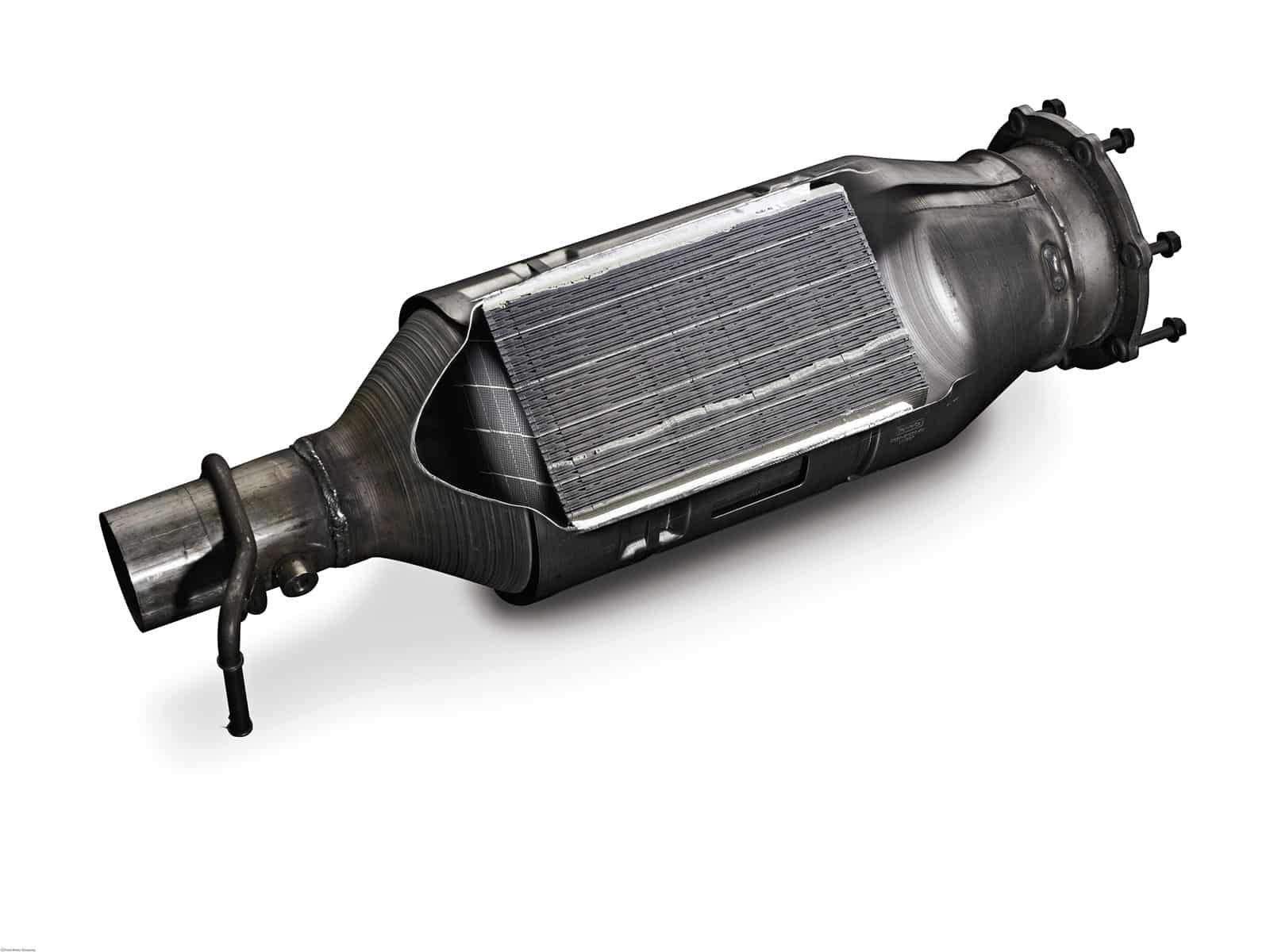
Diesel Particulate Filter (DPF)
What is a DPF?
Most Powerstroke trucks and vans in the 2008 model year and newer (6.4L, 6.7L, 3.0L, 3.2L) are equipped with a DPF. The DPF is an emissions control device located in the diesel exhaust system that traps particulate matter created during engine operation. Periodically, the DPF must go through a
regeneration, or “regen,” process to burn off the particulates. This requires that exhaust temperatures be very high, often above 1,000 degrees Fahrenheit.
What is required for a regen event to happen?
Temperature is one of the biggest factors. The engine control system must be able to get the exhaust hot enough to initiate a regen. Trucks that make frequent short trips often cannot achieve the proper
thresholds. Driving your Powerstroke on the highway for at least 30 minutes will often allow the system to regen.
What happens when a DPF malfunctions?
If the truck fails to complete a regen cycles, or cannot regen often enough, the DPF may begin to fill up and become a restriction in the exhaust system. An improper air/fuel ratio created by a weak turbo, stuck EGR valve, or the wrong tuning can also cause the DPF to fill up quickly. When this happens, the
check engine light may come on, and the driver will often see warning messages, such as “Service Particulate Filter System.” If the condition continues, the control system may limit vehicle speed and power.
How do I fix a clogged DPF?
If you are seeing warning messages related to the DPF, or have engine trouble codes related to the DPF, please bring your Powerstroke in for service as soon as possible. If the problem is addressed early, it is often less expensive to fix. Sometimes the problem can be addressed using a professional scan tool to
force a regen. General engine control issues, such as turbo and EGR problems, can cause the DPF to clog prematurely. Malfunctioning exhaust sensors can also cause the conditions mentioned above, so accurate diagnostics are important to ensure the problem is solved correctly. Complete DPF replacement may be the needed in some instances. Luke’s Auto Repair and Diesel offers a full range of diagnostics and repair services for the DPF system on your Powerstroke.
Do I need to delete the DPF if I want more power from my Powerstroke?
No. It is possible to make substantial power gains over stock with the emissions system fully intact using the proper tuning and modifications. A DPF in good condition offers little restriction to the exhaust.
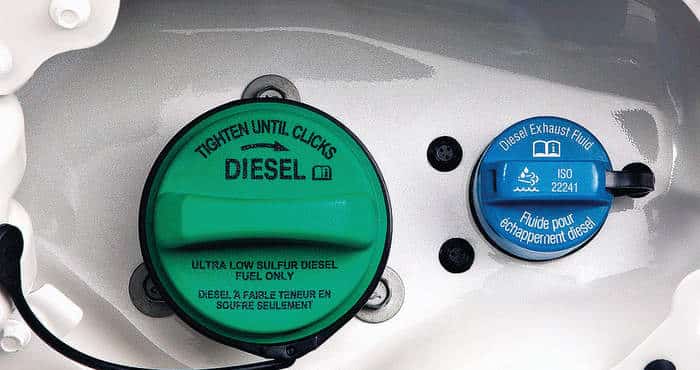
Diesel Exhaust Fluid (DEF)
What is DEF?
Most Powerstroke trucks and vans in the 2011 model year and newer (6.7L, 3.0L, 3.2L) are equipped with an on-board DEF system. DEF is a liquid injected into the exhaust to cause a chemical reaction and aid in emissions compliance. There is a tank mounted in the vehicle that must be filled periodically. The system includes a pump, level sensor, and heater in the tank, with a line leading to an electronically controlled injector mounted in the exhaust.
What is a DEF heater?
DEF will freeze at approximately 12 degrees Fahrenheit, so the tank contains a heater to ensure proper operation in cold temperatures. The heater is managed and monitored by the engine control system. If it
malfunctions, it can set a trouble code and turn on the check engine light.
What happens when the DEF system malfunctions?
When the engine control system detects a fault with the DEF system, it will often turn on the check engine light and/or display a warning message, such as “Service Exhaust Fluid System.” Failures can range from failed DEF heaters to clogged DEF injectors. Luke’s Auto Repair and Diesel offers a full
range of diagnostics and repair services for the DEF system on your Powerstroke truck.
Need a repair or upgrade for your truck?
Drop us a line and we'll get back to you!